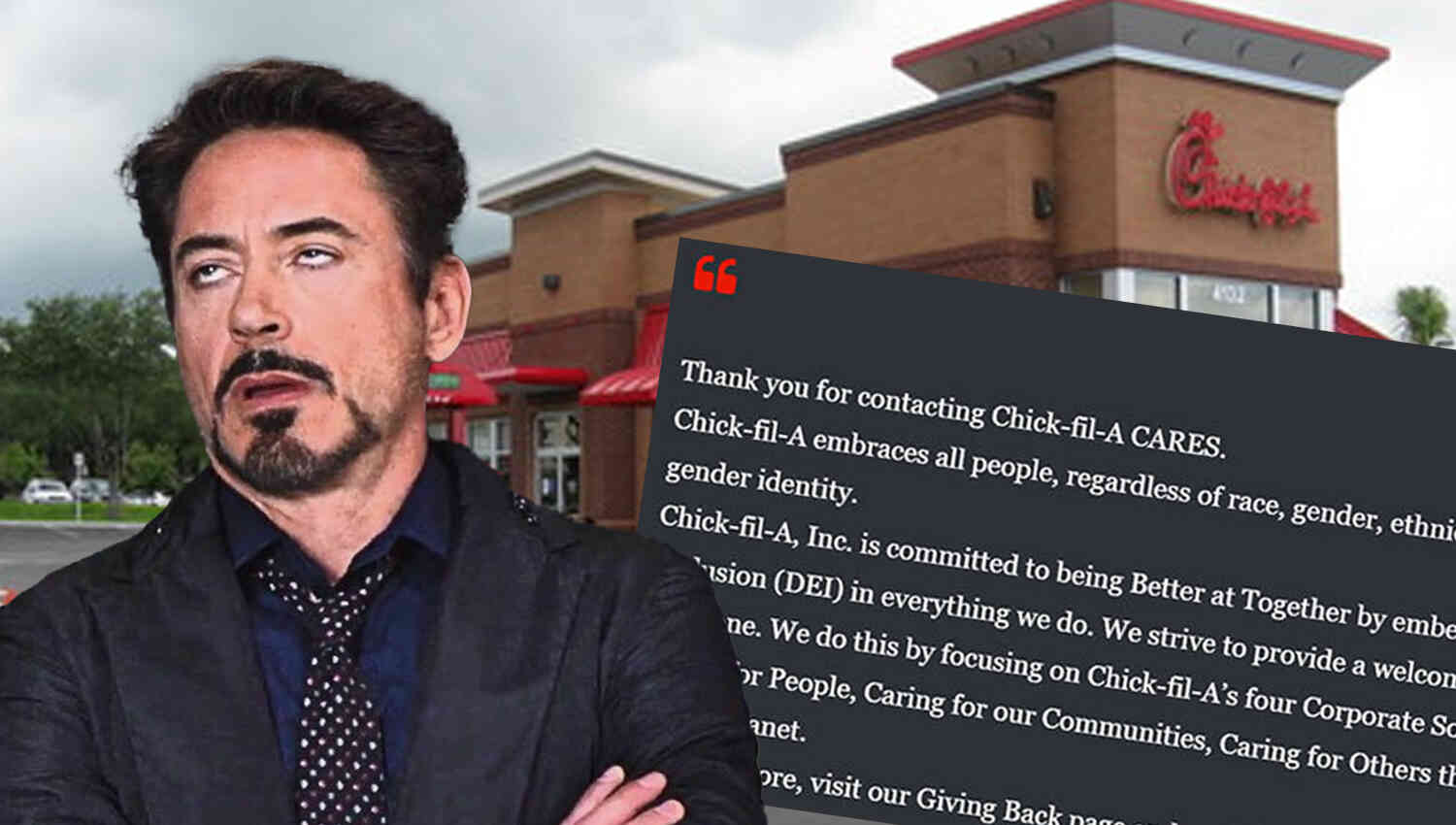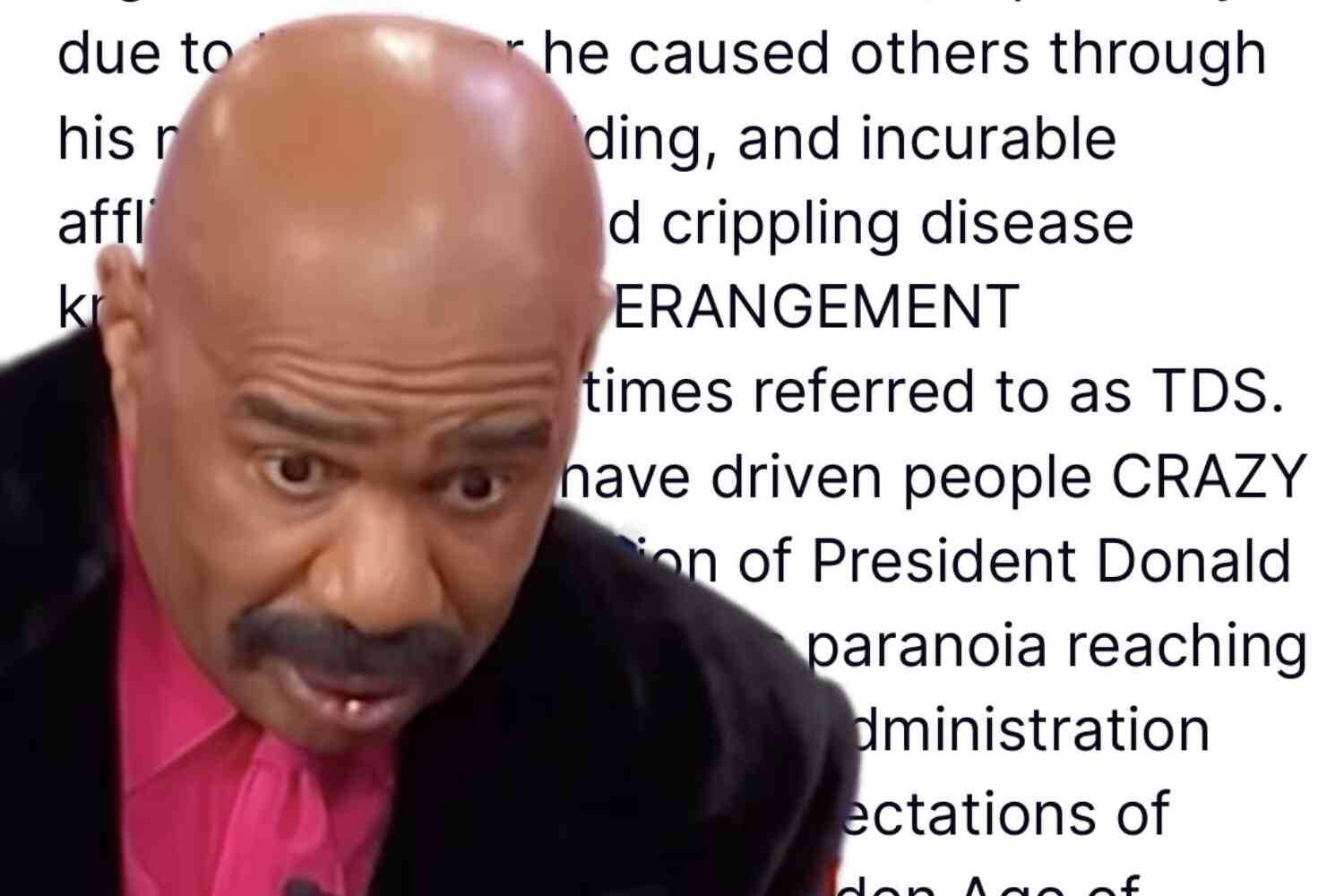Silicon Valley Bank collapsed spectacularly on Friday. Then yesterday, down went Signature Bank in New York. And the big three regulators – the Treasury, Federal Reserve, and the FDIC – had to work all weekend (poor things) to come up with a solution that would hopefully stop widespread bank runs leading to America's banking system collapsing like the Jenga tower in "The Big Short."
Their solution, which they announced last night, they're calling "BTFP." Despite all the acronyms you could create with those letters to describe what's currently happening, BTFP stands for "Bank Term Funding Program."
They're not calling it a "bailout" – remember, Treasury Secretary Janet Yellen said Saturday that there would be no bailouts – but, yeah, it's definitely a bailout.
The Fed released a statement last night describing "new" lending program. Here it is in its entirety (emphasis mine, for you skimmers):
To support American businesses and households, the Federal Reserve Board on Sunday announced it will make available additional funding to eligible depository institutions to help assure banks have the ability to meet the needs of all their depositors. This action will bolster the capacity of the banking system to safeguard deposits and ensure the ongoing provision of money and credit to the economy.
The Federal Reserve is prepared to address any liquidity pressures that may arise.
The additional funding will be made available through the creation of a new Bank Term Funding Program (BTFP), offering loans of up to one year in length to banks, savings associations, credit unions, and other eligible depository institutions pledging U.S. Treasuries, agency debt and mortgage-backed securities, and other qualifying assets as collateral. These assets will be valued at par. The BTFP will be an additional source of liquidity against high-quality securities, eliminating an institution's need to quickly sell those securities in times of stress.
With approval of the Treasury Secretary, the Department of the Treasury will make available up to $25 billion from the Exchange Stabilization Fund as a backstop for the BTFP. The Federal Reserve does not anticipate that it will be necessary to draw on these backstop funds.
After receiving a recommendation from the boards of the Federal Deposit Insurance Corporation (FDIC) and the Federal Reserve, Treasury Secretary Yellen, after consultation with the President, approved actions to enable the FDIC to complete its resolutions of Silicon Valley Bank and Signature Bank in a manner that fully protects all depositors, both insured and uninsured. These actions will reduce stress across the financial system, support financial stability and minimize any impact on businesses, households, taxpayers, and the broader economy.
The Board is carefully monitoring developments in financial markets. The capital and liquidity positions of the U.S. banking system are strong and the U.S. financial system is resilient.
Depository institutions may obtain liquidity against a wide range of collateral through the discount window, which remains open and available. In addition, the discount window will apply the same margins used for the securities eligible for the BTFP, further increasing lendable value at the window.
The Board is closely monitoring conditions across the financial system and is prepared to use its full range of tools to support households and businesses, and will take additional steps as appropriate.
So, in other words, the Fed, through their bai-- BTFP program, will make loans available to all banks and credit unions, thus preventing them from having to offload assets at fire-sale prices in a desperate attempt to stay solvent should they be swarmed by customers and left illiquid. The loan term length is one year, and if at the end of that one year banks are unable to repay said loans, the Treasury has a $25 billion credit fund set aside to save them anyway.
We also got another statement last night, a joint statement from the Treasury, Federal Reserve, and FDIC, meant to, hopefully, instill confidence in the citizenry since SVB collapsed. Personally, I don't know whether the additional statement makes me more confident that they're willing to do whatever it takes to prevent a full-blown meltdown of the U.S. banking system – or if it's evidence that they are freaking the heck out about the possibility of that exact scenario.
Here it is in full (emphasis mine):
The following statement was released by Secretary of the Treasury Janet L. Yellen, Federal Reserve Board Chair Jerome H. Powell, and FDIC Chairman Martin J. Gruenberg:Today we are taking decisive actions to protect the U.S. economy by strengthening public confidence in our banking system. This step will ensure that the U.S. banking system continues to perform its vital roles of protecting deposits and providing access to credit to households and businesses in a manner that promotes strong and sustainable economic growth.After receiving a recommendation from the boards of the FDIC and the Federal Reserve, and consulting with the President, Secretary Yellen approved actions enabling the FDIC to complete its resolution of Silicon Valley Bank, Santa Clara, California, in a manner that fully protects all depositors. Depositors will have access to all of their money starting Monday, March 13. No losses associated with the resolution of Silicon Valley Bank will be borne by the taxpayer.We are also announcing a similar systemic risk exception for Signature Bank, New York, New York, which was closed today by its state chartering authority. All depositors of this institution will be made whole. As with the resolution of Silicon Valley Bank, no losses will be borne by the taxpayer.Shareholders and certain unsecured debtholders will not be protected. Senior management has also been removed. Any losses to the Deposit Insurance Fund to support uninsured depositors will be recovered by a special assessment on banks, as required by law.Finally, the Federal Reserve Board on Sunday announced it will make available additional funding to eligible depository institutions to help assure banks have the ability to meet the needs of all their depositors. The U.S. banking system remains resilient and on a solid foundation, in large part due to reforms that were made after the financial crisis that ensured better safeguards for the banking industry. Those reforms combined with today's actions demonstrate our commitment to take the necessary steps to ensure that depositors' savings remain safe.
To sum it all up: If the regulators' plans work, all Silicon Valley Bank and Signature Bank customers will be able to recover all their money (even above and beyond the insured $250K) starting today, and any further bank collapses will be thwarted by the Fed's BTFP program, which is backstopped by the Treasury's $25 billion in credit protection.
Now, $25 billion may seem like a lot, but in this scenario, it is not. SVB customers alone withdrew $42 billion in hours just before the collapse.
Even if it does work, however, everything that's happened since Friday changes the whole game. Remember Fed Chief Powell's aggressive rate-hiking campaign we've been living through since Covid hit (and that kicked off his banking meltdown)? Yeah, that's likely right out the discount window. We've pivoted in one weekend from aggressive rate hikes – and Powell had been saying there were more to come! – to likely widespread liquidity injections. Maybe even rate cuts. In the midst of sky-high inflation. Hoo boy.
It's a whole new ball game, boys, and I, Commodore Cornelius Vanderbilt, will be your skipper all the way through it.
Happy Monday.









